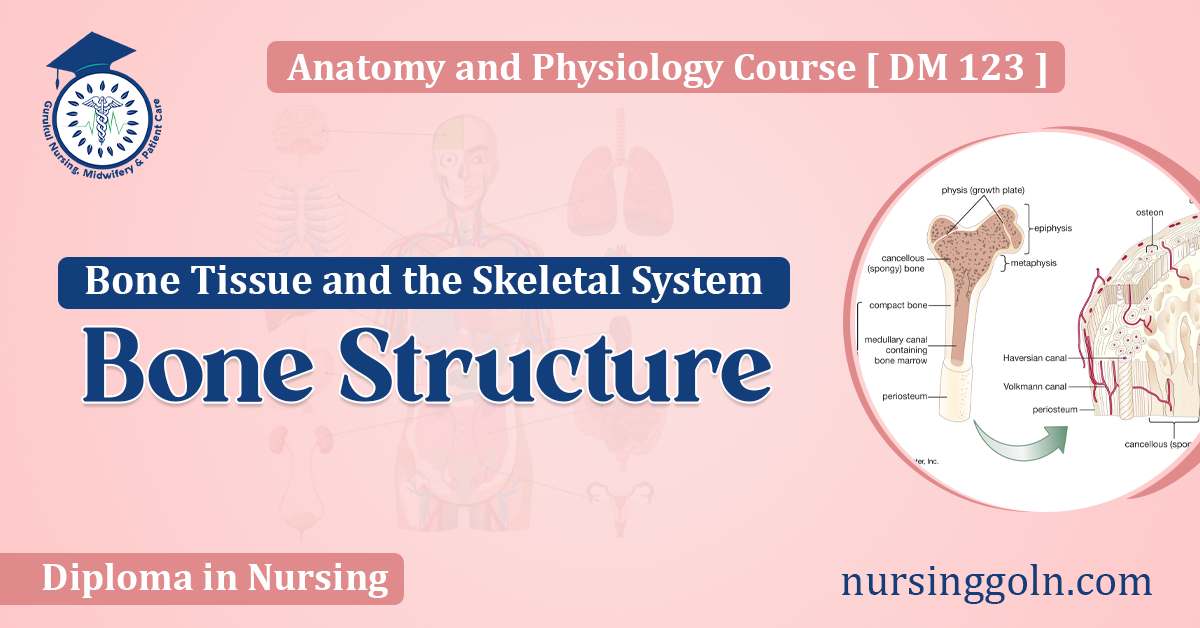The human body is a marvel of nature, a complex structure of interconnected systems. One of the most intricate relationships is between the integumentary system, primarily responsible for protecting the body from the external environment, and the skeletal system, which provides support and framework. This article will delve into the bone structure, exploring its intricate relationship with the integumentary system and detailing the intricacies of bone tissue within the skeletal system.
Bone Structure

Integumentary System Overview
Before diving into the role of bone within the integumentary system, it’s essential to understand the system itself. The integumentary system comprises the skin, hair, nails, and exocrine glands. Its main functions are:
- Protection: It forms a barrier to protect the body from physical injury, pathogens, and dehydration.
- Temperature Regulation: Through sweat and hair, it helps regulate body temperature.
- Sensation: Contains receptors for touch, temperature, and pain.
- Excretion: Through sweat, it helps remove waste products.
- Vitamin D Production: It produces vitamin D when exposed to sunlight.
Bone’s Role within the Integumentary System
The connection between the integumentary system and bone lies primarily in the dermis layer of the skin, where tiny bones called “ossicles” are found. Though these are more prevalent in animals than humans, their presence exemplifies the relationship between the skin and bones. For instance, the goosebumps that appear when one feels cold or frightened are due to the contraction of tiny muscles attached to hair follicles, causing the hair to stand erect. The erect hairs then press against tiny ossicles in the skin, causing the ‘bump’ sensation.
Moreover, vitamin D synthesis, which begins in the integumentary system when the skin is exposed to sunlight, is crucial for bone health. Vitamin D is essential for calcium absorption in the intestines, promoting bone mineralization and growth. Without sufficient vitamin D, bones can become thin and brittle, leading to conditions like osteoporosis.
The Skeletal System and Bone Tissue
The skeletal system serves as the body’s framework, providing structure, protection to vital organs, and facilitating movement. This system consists of 206 bones in adults, which can be broadly classified into two main categories:
- Axial Skeleton: Includes the bones of the skull, vertebral column, and rib cage.
- Appendicular Skeleton: Comprises the bones of the upper and lower limbs and the pelvic and shoulder girdles.
Bone Tissue
Bones are not just hard, lifeless structures but are living organs made up of several different tissues, including bone tissue (osseous tissue), cartilage, dense connective tissue, blood, and nervous tissue. Bone tissue itself can be divided into two types:
- Compact (Cortical) Bone: This is the hard, dense outer layer of bone that provides strength, protection, and support.
- Spongy (Cancellous) Bone: Found inside the bone, it is porous and contains red bone marrow, responsible for producing blood cells.
Components of Bone Tissue
- Osteocytes: The primary cell type in bone tissue. They maintain the bone matrix.
- Osteoblasts: Cells responsible for forming new bone.
- Osteoclasts: Cells that break down bone tissue, aiding in bone remodeling and calcium release.
- Bone Matrix: The extracellular substance surrounding bone cells, composed of collagen fibers and mineral salts, giving bone its strength and rigidity.
Bone Formation and Remodeling
Bones undergo a constant process of formation and reabsorption, ensuring they remain strong and healthy. This process, known as bone remodeling, occurs due to the coordinated efforts of osteoblasts and osteoclasts.
- Bone Formation (Ossification): Initially, the skeletal system starts as cartilage in embryos. Over time, osteoblasts secrete bone matrix, leading to the calcification of the cartilage. This results in the formation of bone tissue, replacing the cartilage. There are two types of ossification processes: intramembranous and endochondral.
- Bone Remodeling: Throughout life, old bone tissue is replaced by new bone tissue. Osteoclasts break down old bone tissue, and osteoblasts replace it with new tissue. This process ensures that bones remain strong and also plays a role in regulating calcium levels in the bloodstream.
Bone’s Relationship with Other Systems
While bones are a central component of the skeletal system, they also play vital roles in other body systems. They offer protection to many body organs (e.g., the skull protecting the brain and the rib cage safeguarding the heart and lungs). Bone marrow produces red blood cells, a crucial component of the circulatory system. Additionally, bones store minerals such as calcium and phosphorus, essential for various physiological processes.

The bone structure’s intricacy extends far beyond being merely a support system. From its role in the integumentary system, aiding in protection and vitamin D synthesis, to the complex processes of bone tissue formation and remodeling within the skeletal system, bones play an essential role in maintaining overall body health. Understanding this multifaceted organ’s depth allows for a deeper appreciation of the marvel that is the human body.
